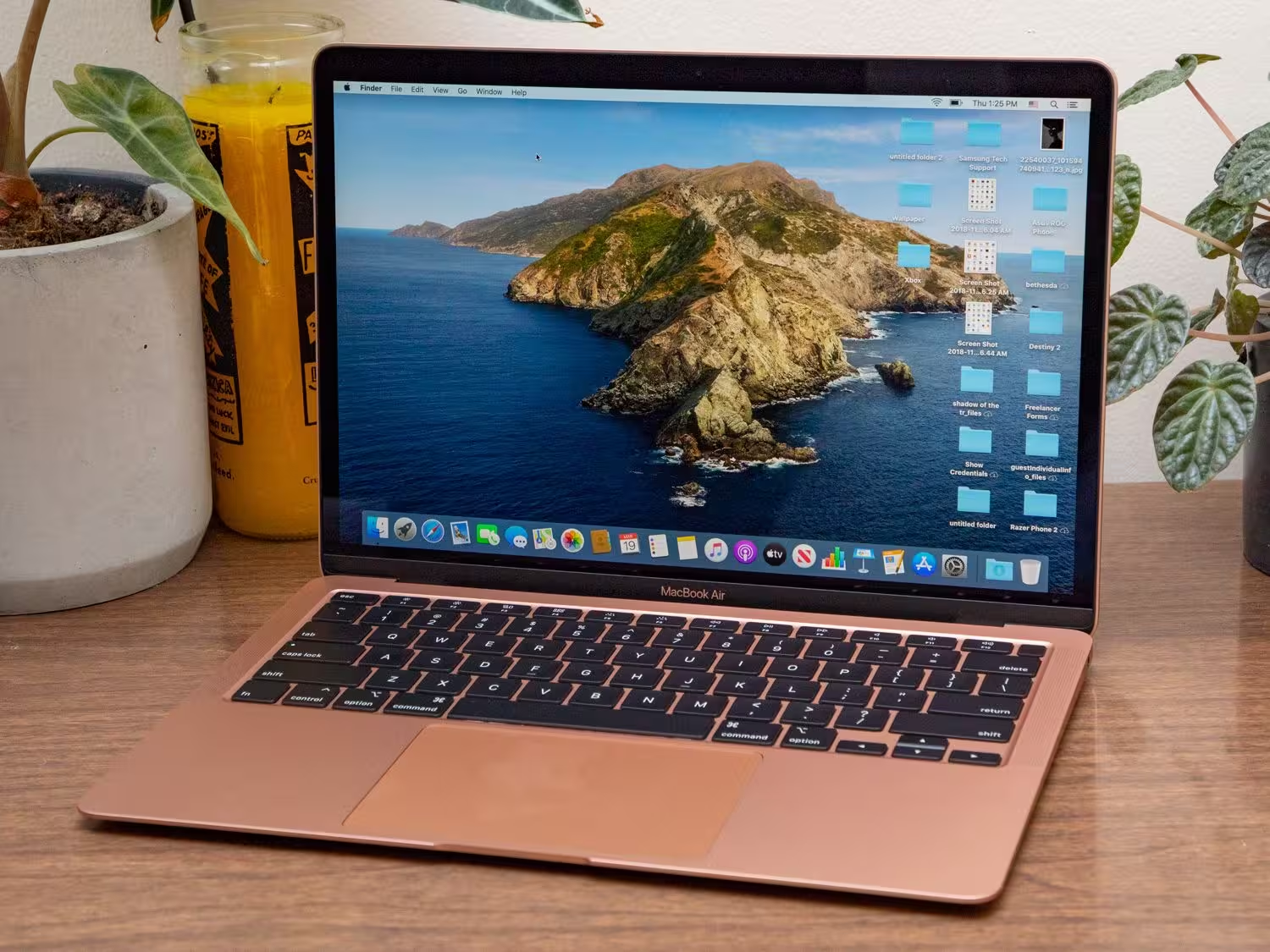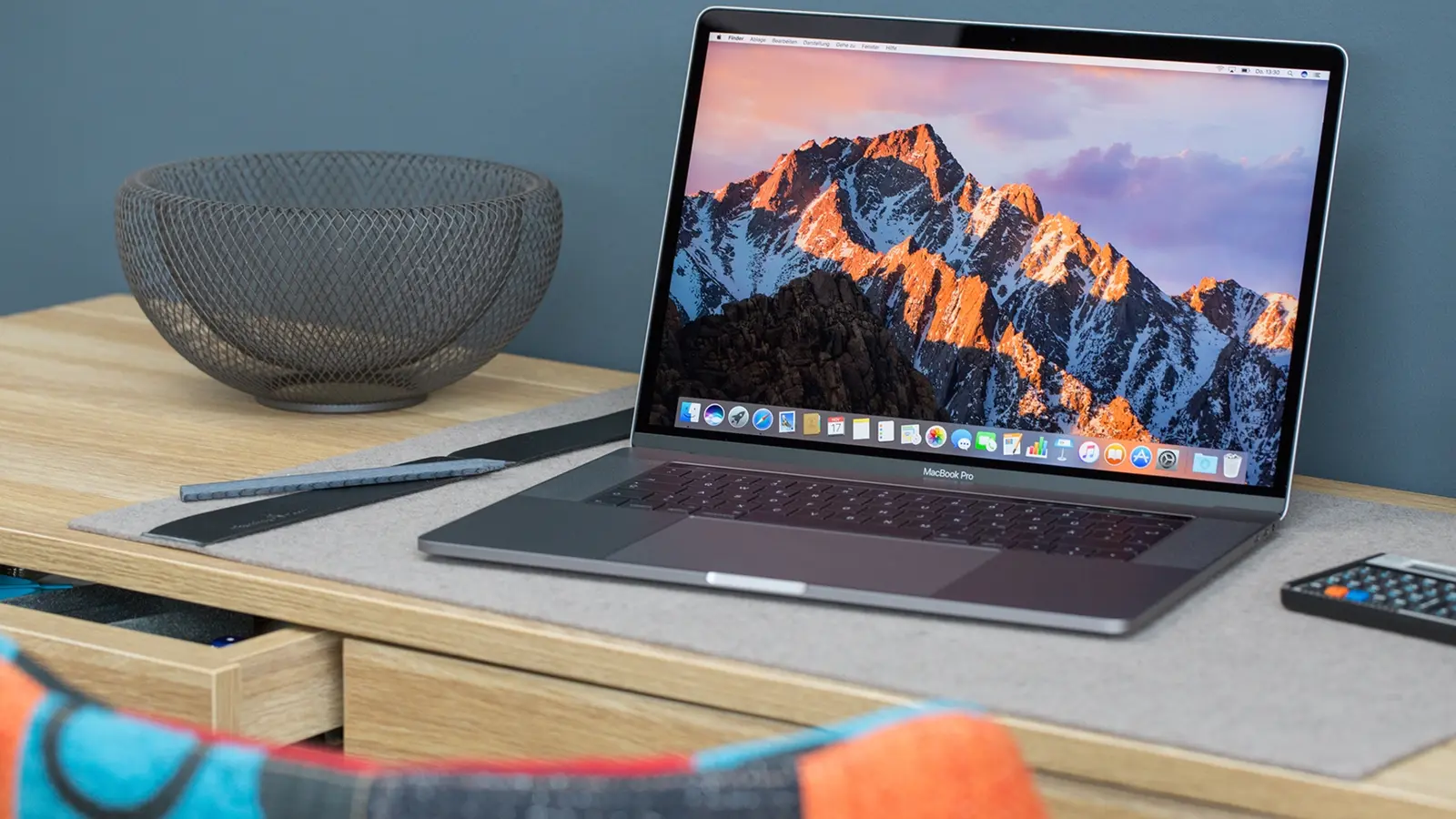3 Minutes
Apple appears ready to shake up the laptop world with a touchscreen MacBook Pro that could finally merge the strengths of iPad input and macOS power. Leaks point to an OLED display, a reinforced hinge, and on‑device AI — changes that would reshape how creators and pros interact with their Macs.
A bold rethink: touch, OLED and a stronger hinge
After years of insisting that touch belongs on iPad, Apple may be reversing course. Reporter Mark Gurman says the company is "gearing up to launch a touchscreen MacBook Pro," a move that could arrive as soon as late 2026 or early 2027. If true, this will be the first MacBook to adopt a true touch layer alongside a major industrial redesign.
The headline hardware upgrades are straightforward but significant: an OLED panel for richer color and deeper blacks, on-cell touch for smoother response, and a redesigned hinge to eliminate wobble when interacting directly with the screen. Apple is also said to replace the large notch with a hole-punch camera for a cleaner top bezel.
What to expect under the hood
- OLED display technology with superior contrast and color accuracy.
- On-cell touch integration for more responsive, lower-latency input.
- Reinforced hinge and thinner, lighter chassis to handle touch use without flex.
- Hole-punch front camera instead of the oversized notch.
- Next‑gen Apple Silicon (reportedly M6) optimized for performance and on-device AI.

Why Apple might be doing this now
It’s not just about adding a touchscreen for novelty. Apple has been investing heavily in visual computing and local AI — capabilities that naturally benefit from direct, tactile input. Imagine editing photos and video by touching and gesturing on the screen while still having the macOS ecosystem, keyboard and trackpad at your disposal.
Software changes also point in this direction. With iPadOS 26, Apple has introduced more advanced windowing, a dedicated menu bar and cursor refinements that narrow the UX gap between iPad and Mac. A touch-capable MacBook Pro could be the hardware counterpart to these software shifts, enabling more natural workflows for designers, developers and multimedia professionals.
How it could change everyday use — and some open questions
If Apple pulls this off, future MacBooks could enable gesture-based multitasking, faster real-time edits, and more intuitive creative tools while preserving macOS’s precision controls. On-device AI running on an M6 chip could speed up local visual tasks, reduce cloud dependence and enhance responsiveness.
But challenges remain. macOS apps will need thoughtful touch-first optimizations to feel natural. Battery life, repairability and thermal performance with an OLED panel and new silicon will be scrutinized. And customers will watch closely to see whether the hinge and chassis changes truly remove screen wobble without compromising durability.
Ultimately, a touchscreen MacBook Pro would be one of Apple’s biggest laptop evolutions since the move to Apple Silicon — and it could rewrite expectations for what a professional laptop can do.
Source: wccftech


Leave a Comment